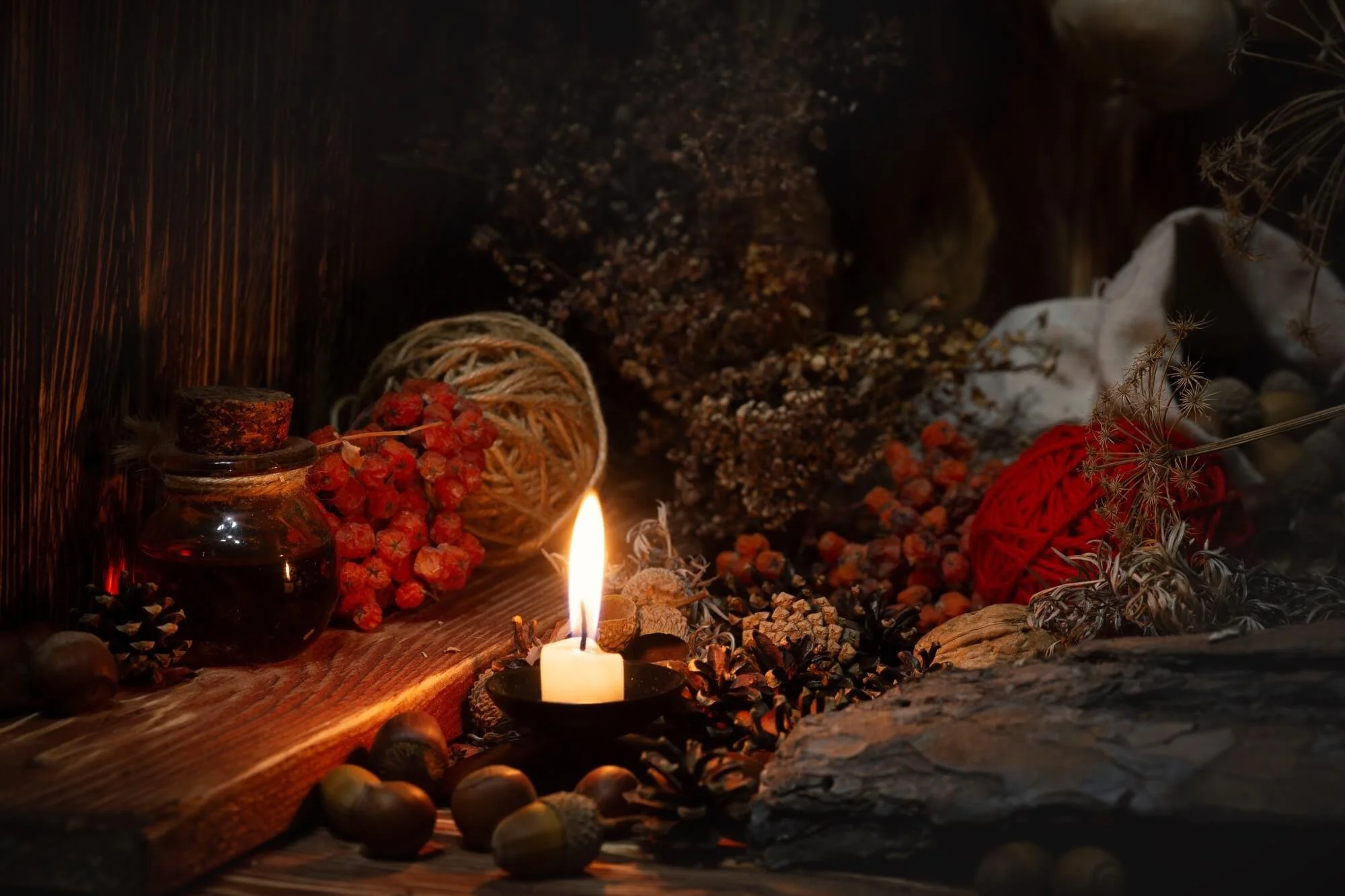Halloween – Undead or Reborn?
If you’ve ever wondered about the true meaning of Halloween, before Haribo multipacks and flammable outfits, you might suppose that a fear of demons coming to Earth would scare people to conform to religious practice. But the festival was celebrated for thousands of years before Christianity, with a very different significance.
The origins of Halloween can be traced back 4000-5000 years, when Celtic pagans built neolithic passage tombs and stone circles to align perfectly with sunrise on November 1st. This pagan practice likely influenced the Gaelic festival of Samhain, which began as the sun set on October 31st and represented a mid-point between the autumn equinox and the winter solstice.
The festival was marked with feasts to celebrate the end of the harvest season, but there is evidence from 9th-century Irish literature that Samhain was also seen as a portal to the Otherworld. The Otherworld was a hidden realm lying just beyond the horizon of mortal existence, a land of endless youth, joy, health and abundance. It was also the land of the dead, where souls would exchange bidirectionally with the land of the living. At Samhain, the boundaries between life and death became blurred. Ancient burial mounds were opened, offerings were left for spirits to appease them over the harshness of winter, and places were set at the table or by the fire for loved ones that had passed.
To the Celts, darkness and death were not things to fear but represented energy returning within. Like nutrients returning to the soil to nourish the roots and seeds lying in wait for the light, Samhain was an opportunity to introspect and connect to the energy within. Both ‘ghost’ and ‘guest’ have a common linguistic root – ‘geist’, a spirit of the dead invited to the Samhain feast.
With the adoption of Christianity, and the dichotomous relationship between light and dark, good and evil, a more sinister association arose around Samhain, which became All Hallows’ Eve. Spirits which had not made it to heaven were to be feared, and the faeries and sidhe which had previously represented ancestral and life-giving connection were perceived as mischief makers. What was once a celebration of life became flooded with fear of evil spirits and The Devil. Even the simple apple, a sacred Celtic symbol of immortality through death and rebirth long associated with Samhain, became known in Christian folklore as a tool for trickery, used for evil by a serpent or a witch.
The fear and superstitions which replaced the original meaning of the festival brought about ‘guising’, with people scared to leave their homes unless in disguise to avoid recognition by The Devil. This tradition may be the origin of Halloween costumes, and is thought to have progressed to people dressing as evil spirits to beg for food at people’s doors in exchange for good luck.
Since arriving in America with Irish and Scottish immigrants, Halloween has become commercialised and is now mainly about sweets. But it is worth remembering the festival’s origins – to return to the dark of the earth or the womb, to look within to connect with your roots, and to begin a process of rest, regeneration and rebirth. Rather than being something to fear, death, darkness and decay are a part of the necessary cycle of life.
So between the sugar rushes, maybe take some time this Halloween to consider your place within the cycle. It may be a good time to slip beyond the rational world, while you eat three mini Mars Bars and a Crunchie, and tune into you intuition to reflect on your priorities for the coming year. As you chomp on a chocolate eyeball, situate your mortality within the full context of time through the ages and feel gratitude for the life you have been given. And remember, as the Celts did, that without death, there can be no life. Then eat a small pack of Maltesers.

